Amoxicillin For Acne: 3 Benefits & Usage Tips
Know how to use this strong antibiotic the right way to treat excessive breakouts.
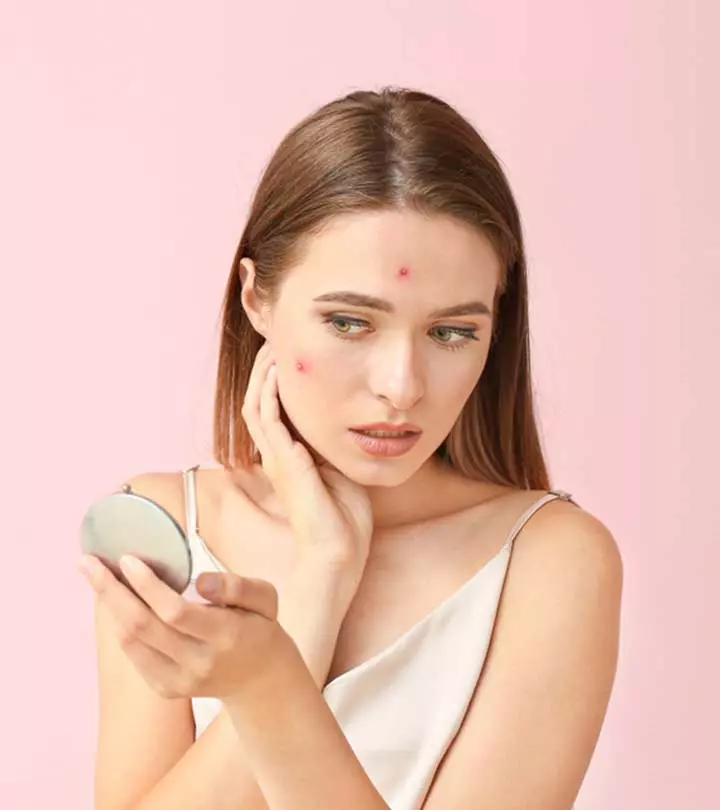
Image: Shutterstock
Anyone who has had acne issues knows how annoying, painful, and itchy it can get. Most of you have tried a lot of medicines and remedies to get rid of it. Some might have shown good results, while some have worsened the issue. Using amoxicillin for acne is one of the best ways to address the condition.
Amoxicillin is an antibiotic used to treat infections. Since acne is often caused due to hormonal changes, excess sebum, and bacteria, amoxicillin may help manage the skin condition.
Keep reading to know more about amoxicillin and how it helps minimize acne breakouts.
 Trivia
TriviaAmoxicillin was discovered in the year 1958. The US approved its usage for medical purposes in 1974.
In This Article
What Is Amoxicillin?
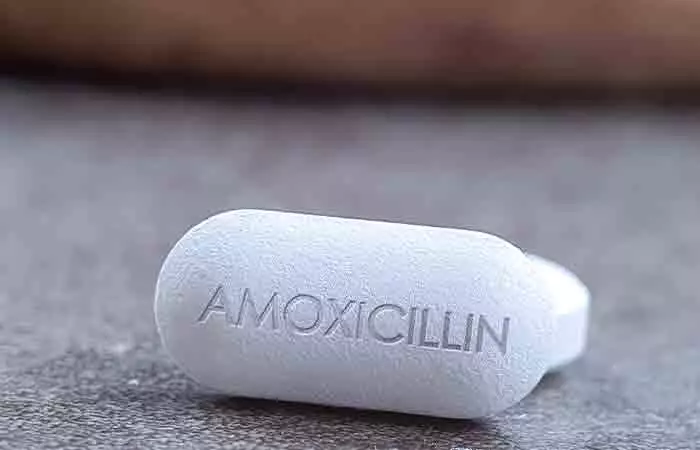
Amoxicillin is an antibiotic from the penicillin family. It is a broad-spectrum antibiotic and works against various bacteria. Doctors generally prescribe the medicine to treat various bacterial infections, especially the infection of the upper respiratory and urinary tracts.
Your doctor may also prescribe an antibiotic for treating inflammatory or recurring acne that is not responding to topical treatments. Sometimes, amoxicillin is used as a second-line treatment for acne if other treatments don’t work. However, amoxicillin is usually not recommended for mild to moderate cases of acne that could be treated with topical therapy. And taking antibiotics when they are not needed increases your risk of getting an infection later that could resist antibiotic treatment. Any type of oral antibiotic should only be used for inflammatory acne, the kind that causes pustules and cysts (moderate-severe).

In the following section, we will look into the major benefits amoxicillin has for acne.
Key Takeaways
- Amoxicillin is an antibiotic used to treat various bacterial infections and recurring or inflammatory acne.
- It reduces severe acne in other parts of the body and may help treat resistant acne.
- A few side effects of amoxicillin are body aches, sore throat, nausea, drowsiness, and diarrhea.
Top Benefits Of Amoxicillin For Acne
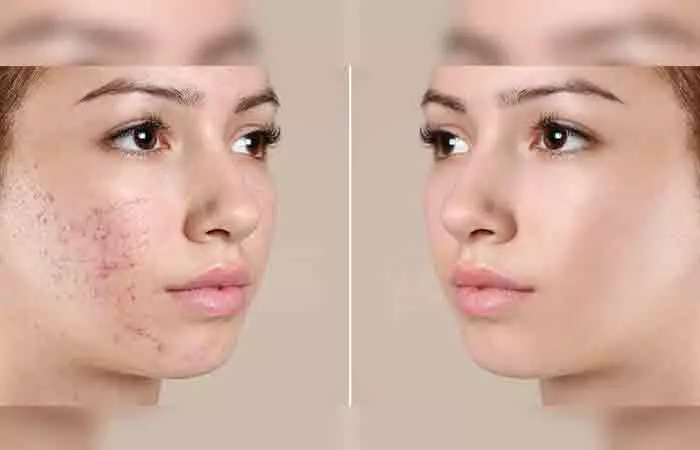
1. Can Be A Safe Systemic-Antibiotic
Treating moderate to severe inflammatory acne involves the use of topical retinoids and benzoyl peroxide, in addition to systemic antibiotic therapy. However, some individuals may be allergic to these treatments (like pregnant women or those dealing with drug intolerances).
Amoxicillin is more tolerable than other common drugs administered for acne treatment (1). It is also considered safe for pregnant women in prescribed doses. However, amoxicillin’s efficacy in treating acne needs to be established with further studies.
2. May Help Treat Resistant Acne
Using antibiotics and OTC medicines for an extended time for treating acne can make your skin resistant to them. Many bacteria also develop a resistance to commonly prescribed antibiotics. In such cases, amoxicillin may prove useful. In studies, patients have responded well to the antibiotic when administered alone or in combination with two other anti-acne treatments (2).
3. Can Reduce Severe Acne In Other Parts Of The Body
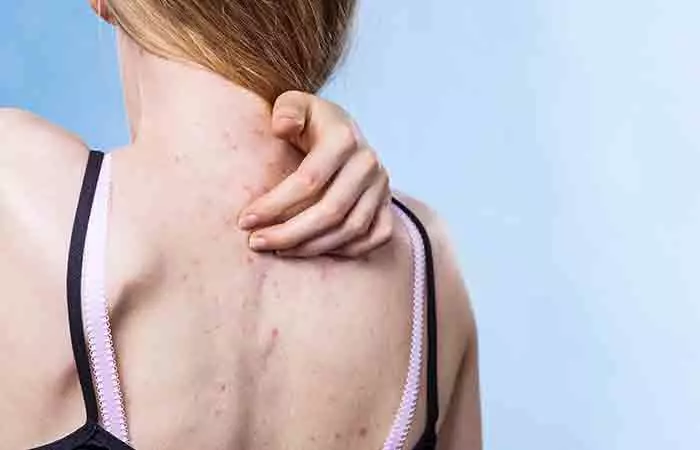
Pimples or blackheads may not occur only on your face. Depending on how severe your acne is, you may experience breakouts on your chest, back, or shoulders too. Research shows that systemic antibiotics can help treat severe acne occurring on the chest, back, and shoulders (3).
Amoxicillin may prove useful in treating acne. But your dermatologist will only recommend it for the shortest time possible to prevent any potential side effects. We list some of these negative effects in the next section.
Common Side Effects Of Amoxicillin

Amoxicillin has better tolerability than some other antibiotics commonly prescribed for acne treatment. However, it may cause certain side effects you need to be aware of (4). Some of these side effects can be serious. If you experience any of these symptoms, stop taking amoxicillin and call your doctor immediately or get emergency medical treatment:
- Fever
- Rash
- Skin blisters or peeling
- Itching
- Hivesi Itchy and red bumps on the skin due to allergic reactions triggered by certain medications or foods.
- Wheezingi A high-pitched whistling sound during breathing caused by a partially-blocked airway due to asthma or cold.
- Difficulty swallowing or breathing
- Swelling of the face, throat, tongue, lips, and eyes
- Severe diarrhea (watery or bloody stools)
Other possible side effects include:
- Drowsiness
- Nausea
- Vomiting
- Vaginal yeast infection
These side effects are generally mild and tend to subside on their own. However, some may experience more severe hypersensitivityi Refers to the sudden undesirable reactions in the body triggered by exposure to allergens like medicine, food, or dust. symptoms, including flu, fever, body aches, sore throat, blisters, etc.
Liver damage is rarely reported but could be a potential side effect (5). Its symptoms include pain in the abdomen, fatigue, and yellowing of skin and eyes.
Note: It is advised that individuals who are taking amoxicillin keep an eye out for any unusual symptoms and report to their doctor immediately. Early recognition of side effects allows prompt changes or alternate solutions. This can help avoid serious problems and ensure safe, effective treatment. Maintaining regular contact with a healthcare professional is important for handling any possible side effects while undergoing treatment.
In general, discuss your concerns with your dermatologist before including the medicine in your treatment plan. As amoxicillin is a prescription drug, you should only take it as advised by your doctor to avoid any complications.
If you experience persistent or severe side effects from amoxicillin, it may be necessary to explore alternative treatment options. Scroll down to know more.
Alternatives To Amoxicillin
If amoxicillin is not suitable or effective for you, several alternative treatments are available for acne management. Oral contraceptives, topical retinoids, and systemic antibiotics like clindamycin are some of the options available. Consult a dermatologist for a treatment plan as they can correctly evaluate the condition of your skin and recommend the best course of action based on your specific needs. Examining these options ensures an effective plan for treating acne and achieving long-term skin health.
If you are considering amoxicillin for acne, consult your doctor for the right way of use and dosage. The following section can give you an idea.
How To Use Amoxicillin For Acne

The usual recommended dosage of amoxicillin for an adult is 500 mg every 12 hours, or as advised by your doctor. Typically, the dosage will depend on your medical condition. You must follow your doctor’s instructions while taking this medication by mouth. As with any oral antibiotics for acne, it should not be continued longer than 3-6 months.
You may be asked to have the antibiotic with or without food. Plenty of fluid intakes is usually recommended. It is also advisable to space out your dosage evenly throughout the day and take the medication at the same time every day.
To avoid developing bacterial resistance, your doctor will only prescribe amoxicillin for the shortest time possible. However, be sure to continue the medication until you finish the full prescribed amount (even if your symptoms have disappeared). Discontinuing the medication too early might allow the bacteria to regrow in some cases, resulting in a re-infection.
In addition to antibiotic treatment, lifestyle changes such as maintaining hydration, eating a balanced diet, and following a regular skin care regimen can increase the treatment’s efficacy and enhance skin health in general. These modifications help in skin healing, lowering inflammation, and preventing further breakouts. Getting enough sleep and controlling your stress levels may also help your skin’s natural healing.
 Quick Tip
Quick TipInfographic: Benefits Of Amoxicillin For Acne
Amoxicillin is a broad-spectrum antibiotic used for treating inflammatory or recurring acne. It is usually used when topical treatments fail to produce results. It works against various bacteria and helps manage hormonal acne, bacterial infections, and excess sebum production. However, one must also be aware of its downsides before opting for it. Check out the infographic below to learn about the benefits and side effects of Amoxicillin.
Some thing wrong with infographic shortcode. please verify shortcode syntaxAmoxicillin can treat inflammatory or severe acne. When bacteria cause the condition, though, it works fairly well. However, more research is needed to confirm amoxicillin’s usefulness in treating acne. On the other hand, mild cases of acne are frequently better managed with a light skin care routine and the food and lifestyle changes that your dermatologist recommends. If your doctor has prescribed amoxicillin, make sure you address the potential side effects and any allergies you may have to avoid issues.
Frequently Asked Questions
How long does it take for amoxicillin to start working for acne?
Amoxicillin may take 8-10 days to start treating acne. However, it may take a few months to see complete benefits.
Is amoxicillin good for cysts?
Yes, sometimes doctors prescribe amoxicillin for treating infected cysts. However, it is best to consult your doctor before using it, as a dermatology prescription can vary from patient to patient.
What should you avoid while taking amoxicillin?
There are no food restrictions while taking amoxicillin, but certain other medicines may not interact well with amoxicillin. Therefore, discuss your medications with your doctor.
Is amoxicillin good for skin abscesses?
Mild amoxicillin may be good for treating skin abscesses. Always consult your doctor before taking any antibiotics.
Can I drink alcohol on amoxicillin?
Yes, you can drink alcohol while on amoxicillin. However, most doctors would advise limiting the intake for fast healing.
Illustration: Amoxicillin For Acne – Benefits, Usage, And Side Effects
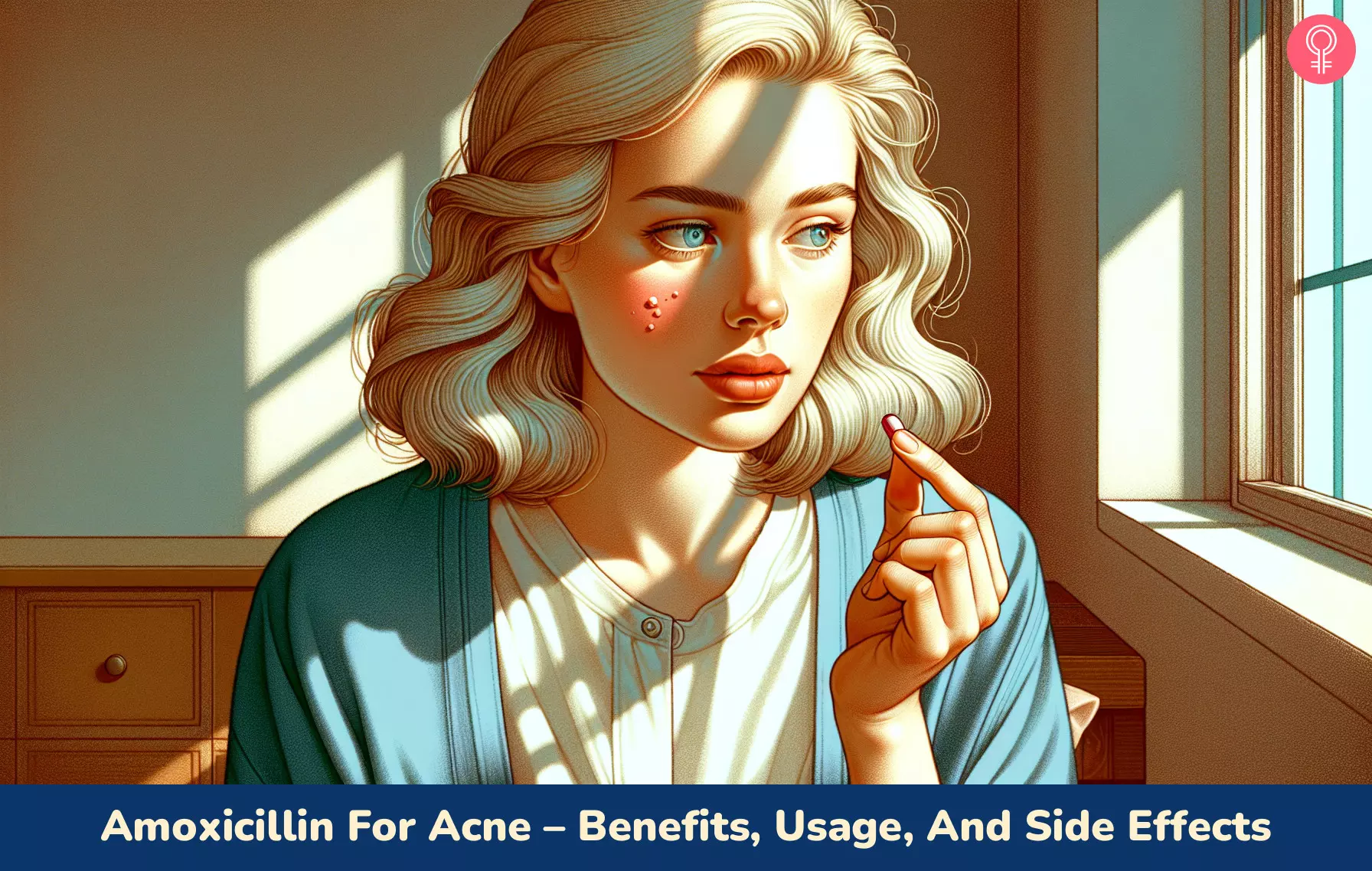
Image: Dall·E/StyleCraze Design Team
Are you tired of battling stubborn acne? Discover the surprising power of amoxicillin, a simple antibiotic that tackles acne from within. Say goodbye to blemishes and hello to clear, confident skin.
References
Articles on StyleCraze are backed by verified information from peer-reviewed and academic research papers, reputed organizations, research institutions, and medical associations to ensure accuracy and relevance. Read our editorial policy to learn more.
- Safety and effectiveness of amoxicillin in the treatment of inflammatory acne
https://www.sciencedirect.com/science/article/pii/S2352647518300170?via%3Dihub - The efficacy and safety of amoxicillin, trimethoprim-sulfamethoxazole, and spironolactone for treatment-resistant acne vulgaris
https://pubmed.ncbi.nlm.nih.gov/18159900/ - Management of acne
https://www.ncbi.nlm.nih.gov/pmc/articles/PMC3080563/ - Amoxicillin
https://www.ncbi.nlm.nih.gov/books/NBK482250/ - A case of amoxicillin-induced hepatocellular liver injury with bile-duct damage
https://www.ncbi.nlm.nih.gov/pmc/articles/PMC3304646/
- Safety and effectiveness of amoxicillin in the treatment of inflammatory acne
- Safety and effectiveness of amoxicillin in the treatment of inflammatory acne
https://www.sciencedirect.com/science/article/pii/S2352647518300170?via%3Dihub - The efficacy and safety of amoxicillin, trimethoprim-sulfamethoxazole, and spironolactone for treatment-resistant acne vulgaris
https://pubmed.ncbi.nlm.nih.gov/18159900/ - Management of acne
https://www.ncbi.nlm.nih.gov/pmc/articles/PMC3080563/ - Amoxicillin
https://www.ncbi.nlm.nih.gov/books/NBK482250/ - A case of amoxicillin-induced hepatocellular liver injury with bile-duct damage
https://www.ncbi.nlm.nih.gov/pmc/articles/PMC3304646/
Read full bio of Dr. Farhaad Riyaz
Read full bio of Annie Jangam
Read full bio of Ramona Sinha
Read full bio of Monomita Chakraborty







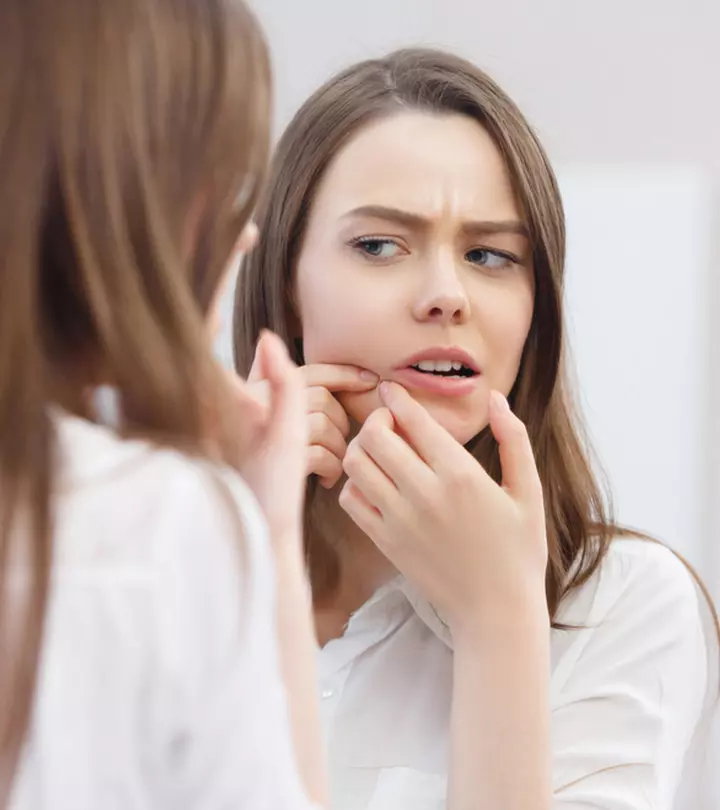
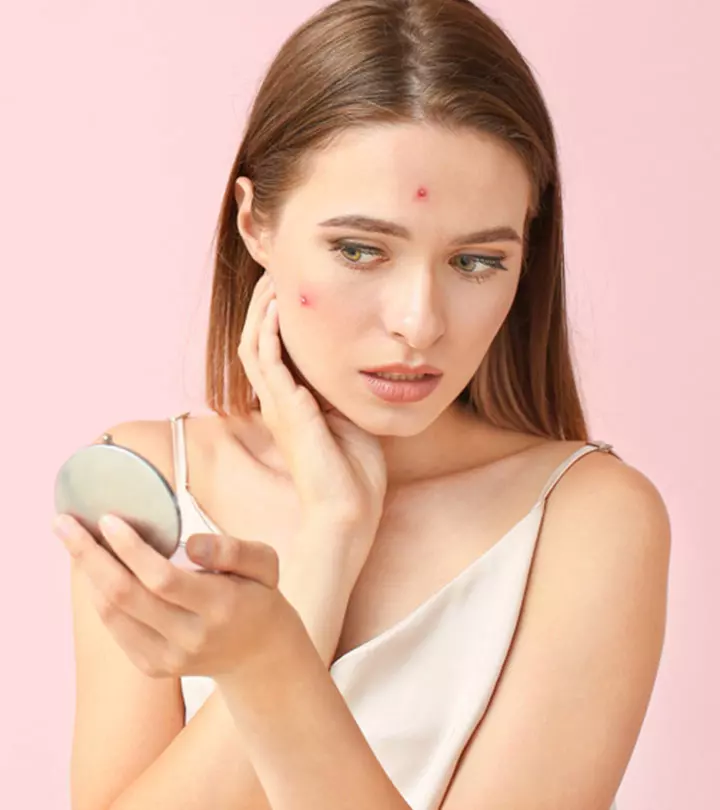


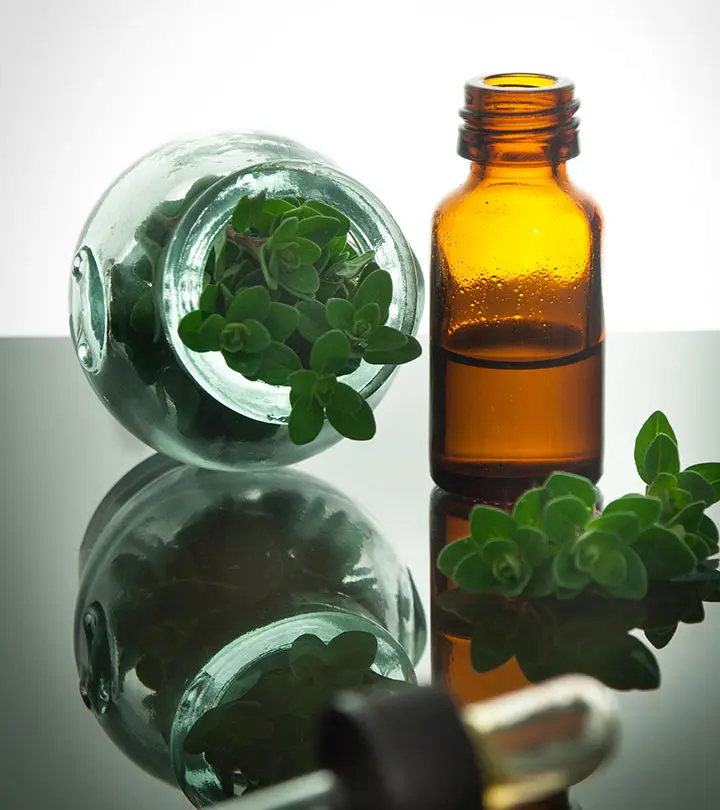

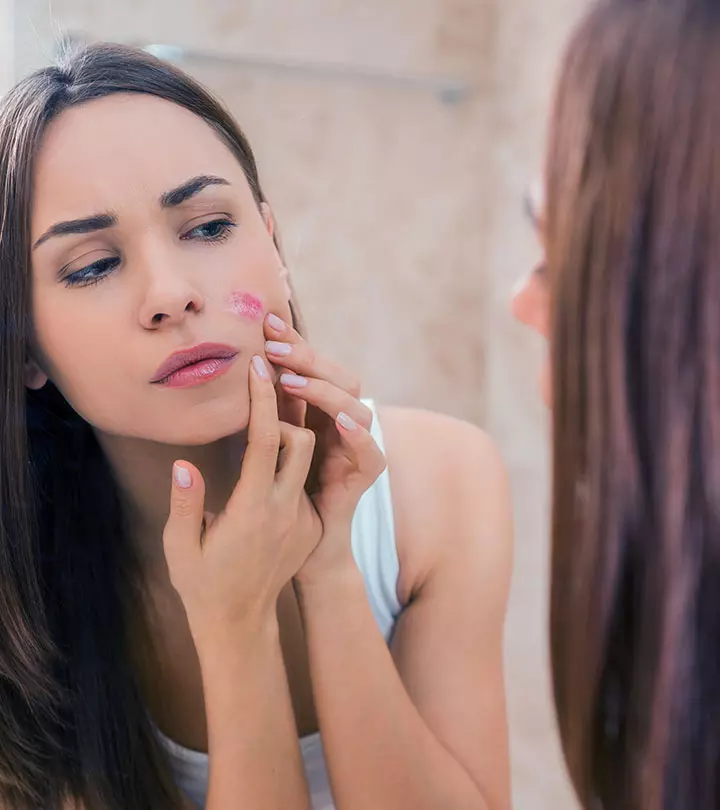

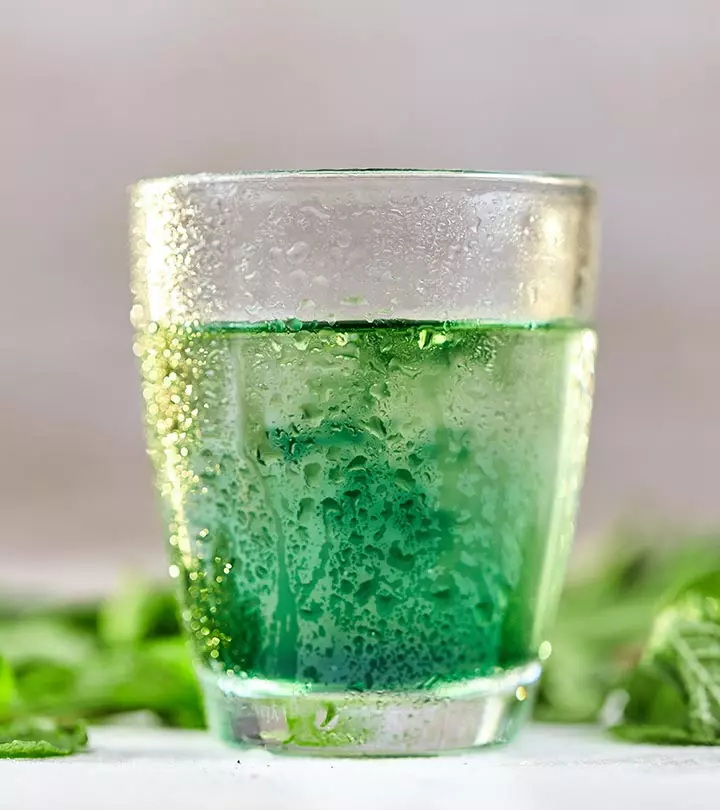
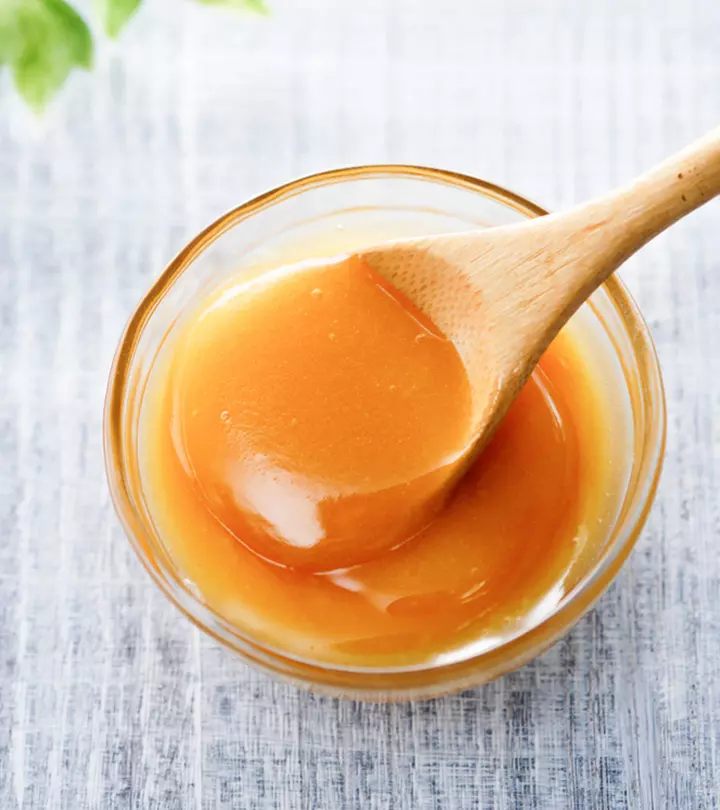




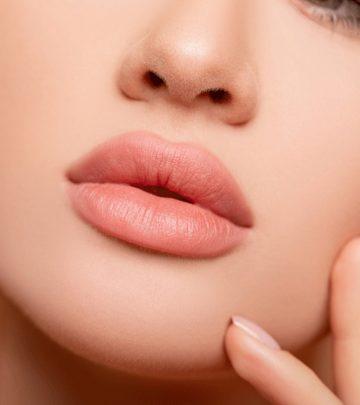

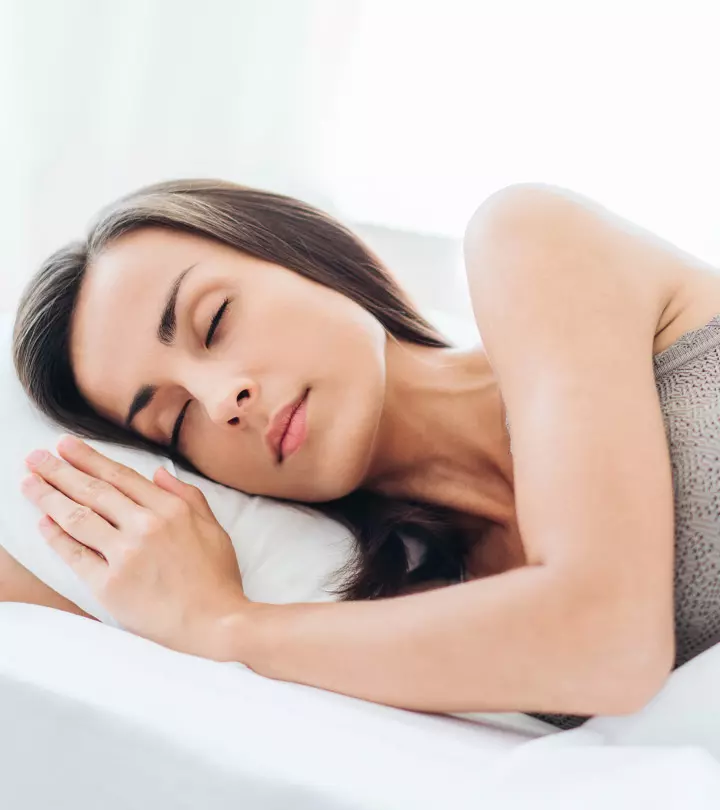


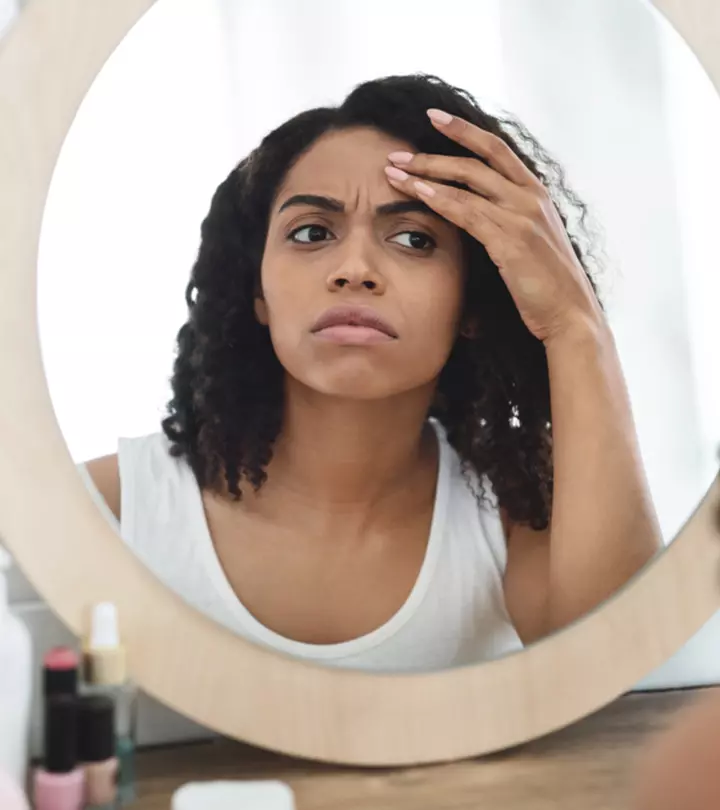

Community Experiences
Join the conversation and become a part of our empowering community! Share your stories, experiences, and insights to connect with other beauty, lifestyle, and health enthusiasts.